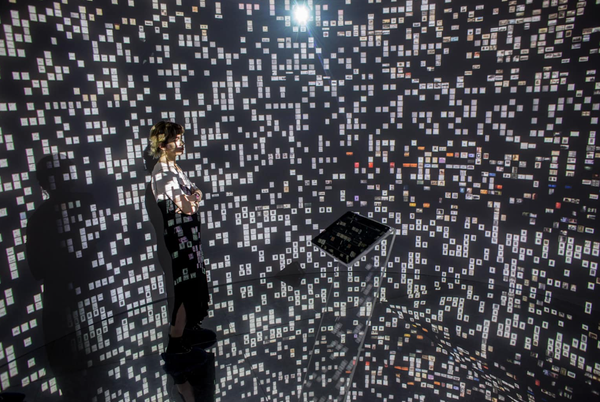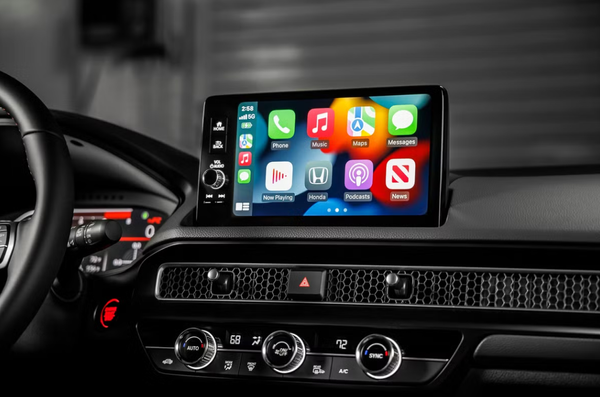Dial D for Dalí: Surreal AI Conversations with the Lobster Telephone at the Dalí Museum
Since its launch on April 11, 2024, the "Ask Dalí" installation has fielded over 3,000 questions from curious visitors.
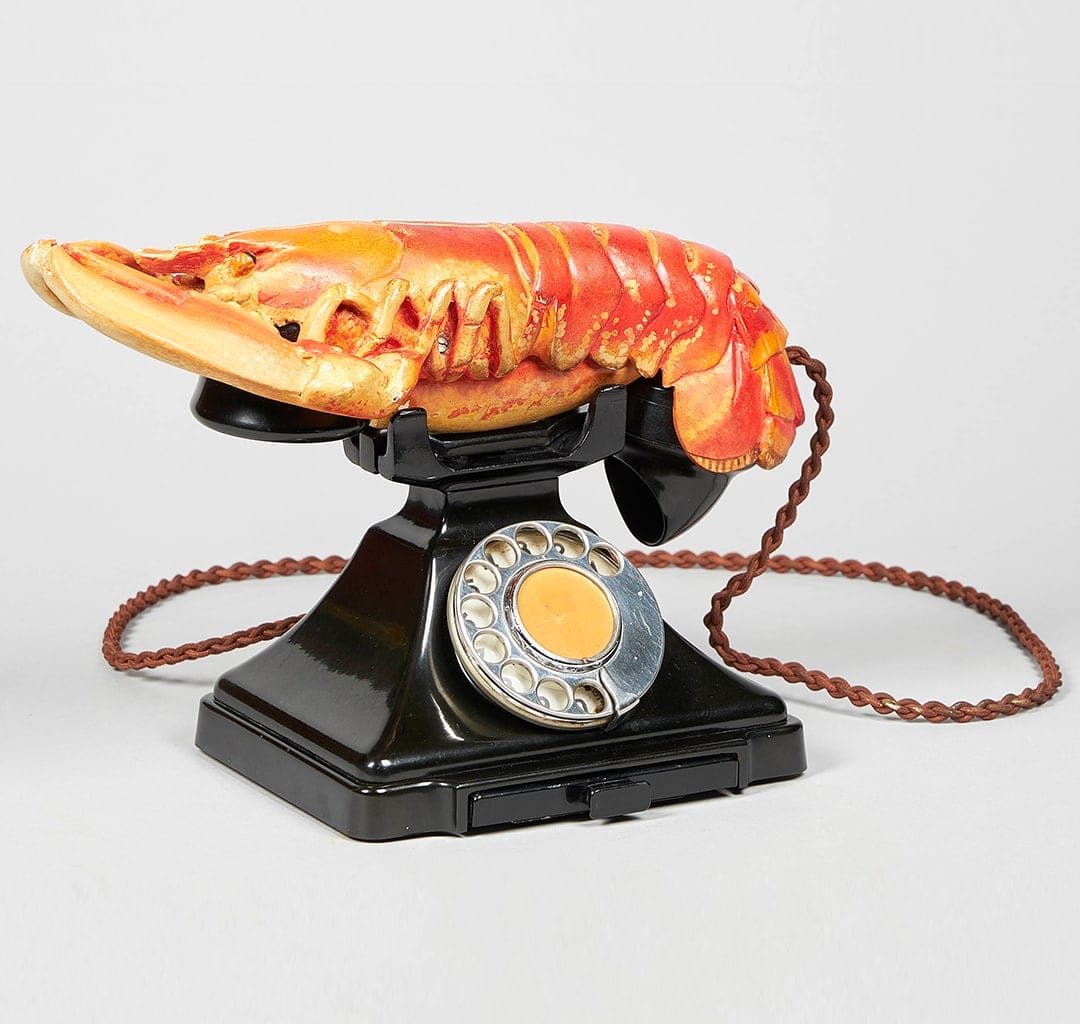
Art Meets AI at the Dalí Museum
In an era where the boundaries between art and technology are increasingly blurred, the Dalí Museum in St. Petersburg, Florida, has unveiled an installation that allows visitors to engage in surreal conversations with none other than Salvador Dalí himself. Titled "Ask Dalí," this interactive exhibit centers around a replica of the artist's iconic Lobster Telephone sculpture, which has been transformed into a conduit for AI-generated dialogue.
The Lobster Telephone, created by Dalí in 1936, is a quintessential example of his Surrealist vision. By juxtaposing two seemingly unrelated objects—a lobster and a telephone—Dalí challenged conventional perceptions of reality and invited viewers to explore the realms of the subconscious. Now, nearly a century later, the Dalí Museum has breathed new life into this masterpiece, enabling it to serve as a bridge between the physical world and the digital realm.
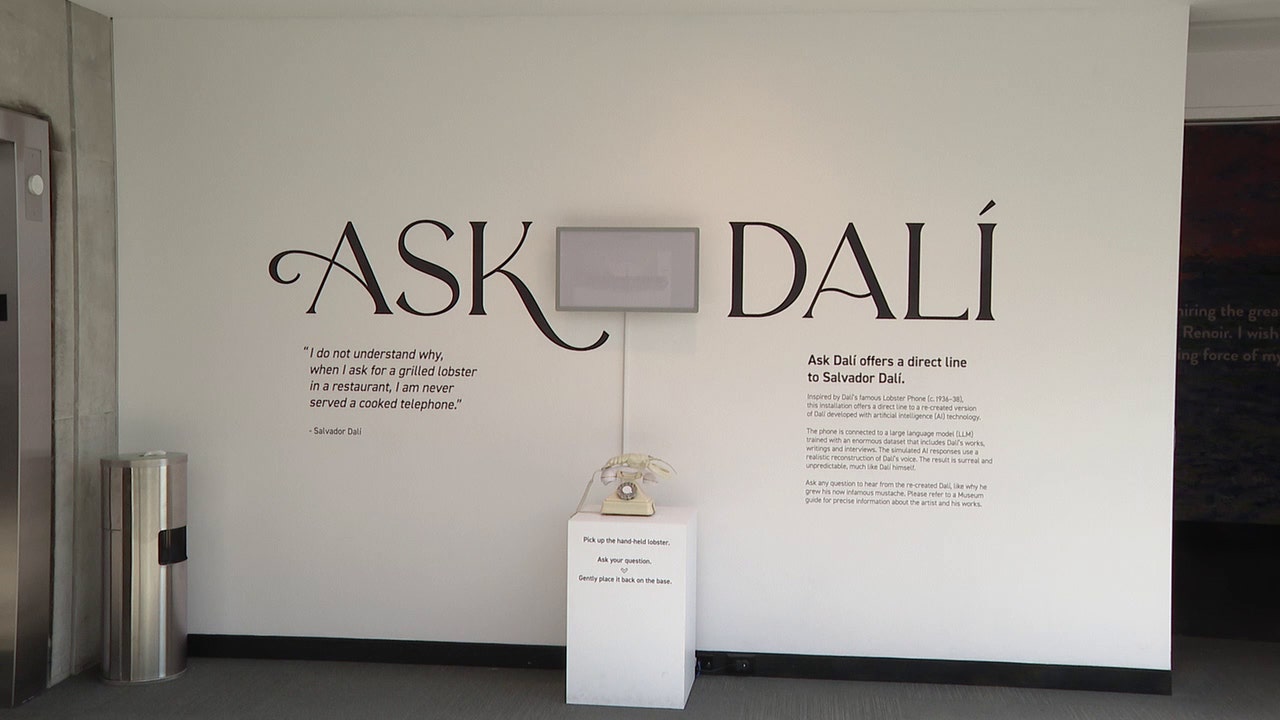
The AI Behind "Ask Dalí": OpenAI's GPT-4
At the heart of the "Ask Dalí" installation is a sophisticated AI model based on OpenAI's GPT-4, which has been meticulously trained using an extensive archive of Dalí's audio recordings and written works. This includes his Mystical Manifesto, Diary of a Genius, and The Secret Life of Salvador Dalí, among others. By ingesting these materials, the AI has developed the ability to mimic Dalí's unique style of speaking, as well as his penchant for cryptic and imaginative responses.
Visitors to the museum can approach the Lobster Telephone, lift the receiver, and pose their questions to the AI-powered Dalí. The responses they receive are delivered in a heavily-accented English, reminiscent of the artist's own voice, and are imbued with his characteristic wit, whimsy, and philosophical musings. When asked whether he was crazy, the AI Dalí replied with a quote that perfectly encapsulates his enigmatic persona: "Dalí is almost crazy. But the only difference between crazy people and Dalí is Dalí is not crazy."
Since its launch on April 11, 2024, coinciding with the anticipation of Dalí's 120th birthday, the "Ask Dalí" installation has fielded over 3,000 questions from curious visitors. The range of inquiries has been as diverse as Dalí's oeuvre, spanning from interpretations of his most famous works, such as the melting clocks in "The Persistence of Memory," to profound existential questions about life, love, and death.
Interestingly, the AI Dalí frequently references his beloved wife, Gala, particularly when discussing matters of the heart. This touches upon a central theme in Dalí's life and work—the transformative power of love and the muse-like role that Gala played in his artistic journey. By weaving these personal elements into its responses, the AI creates a more intimate and authentic experience for visitors, as if they were engaging in a conversation with the artist himself.

The Dalí Museum's Commitment to Technology Integration
The "Ask Dalí" installation is not merely a novelty attraction; it represents a significant milestone in the Dalí Museum's ongoing mission to integrate cutting-edge technology into its exhibits. Prior to this, the museum had already experimented with innovative projects such as "Dalí Lives," which used deepfake technology to create an interactive video installation, and "Dream Tapestry," a collaborative online artwork inspired by Dalí's surrealist landscapes.
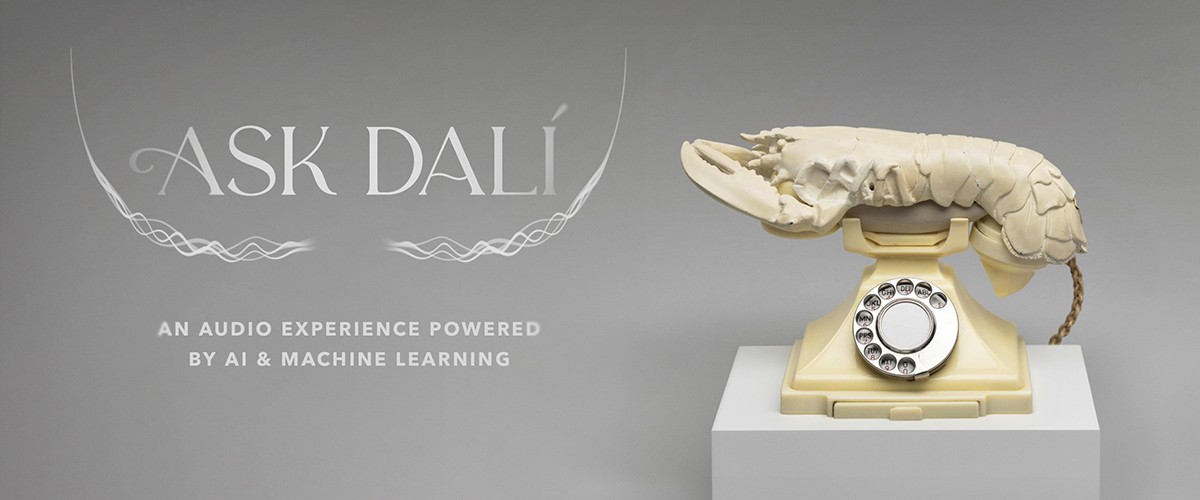
Honoring Dalí's Fascination with Science and Technology
These initiatives are not only designed to engage and educate visitors but also to honor Dalí's own fascination with science and technology. Throughout his career, Dalí was known for his keen interest in scientific advancements, from the theories of Sigmund Freud to the discoveries of quantum mechanics. He often incorporated these concepts into his artworks, creating a unique fusion of art and science that challenged the boundaries of both disciplines.
"Ask Dalí": A Tribute to the Artist's Legacy
In many ways, the "Ask Dalí" installation is a fitting tribute to this aspect of Dalí's legacy. By harnessing the power of artificial intelligence, the museum has created a platform that allows visitors to explore the intersection of art and technology in a truly immersive and interactive manner. It is an experience that not only showcases Dalí's enduring relevance in the 21st century but also invites us to consider the potential of AI as a tool for artistic expression and cultural preservation.

As we stand at the threshold of a new era in which the lines between the physical and digital, the real and the surreal, are increasingly blurred, installations like "Ask Dalí" serve as a reminder of the transformative power of art and technology. They encourage us to embrace the unknown, to challenge our preconceptions, and to explore the limitless possibilities that lie at the intersection of human creativity and artificial intelligence.
In the spirit of Salvador Dalí, who once declared, "I do not understand why, when I ask for a grilled lobster in a restaurant, I am never served a cooked telephone," the "Ask Dalí" installation invites us to embrace the absurd, the unexpected, and the wonderfully surreal. So, the next time you find yourself at the Dalí Museum, don't hesitate to pick up the Lobster Telephone and embark on a conversation with the master of Surrealism himself.
You never know where the journey might take you.


